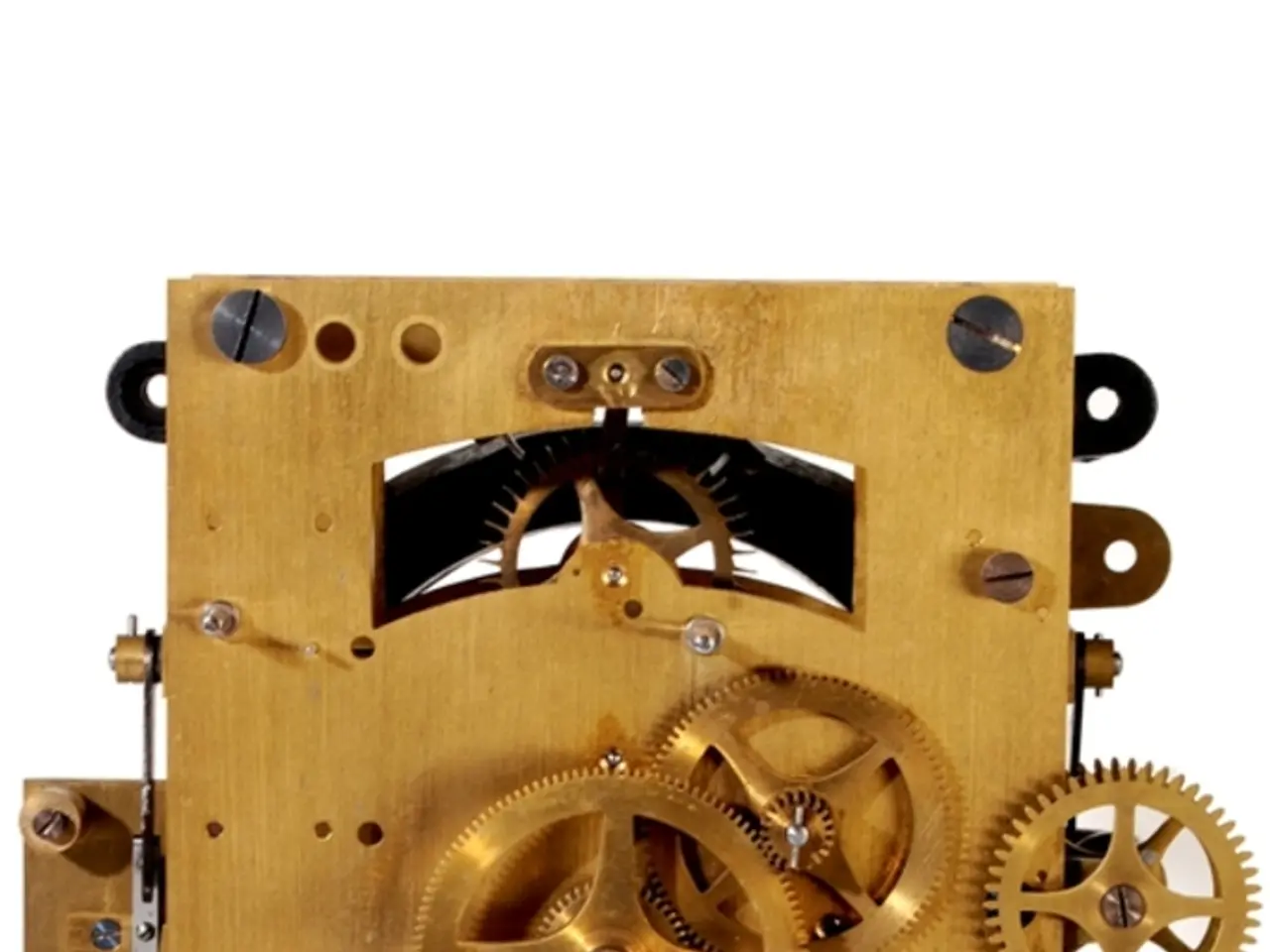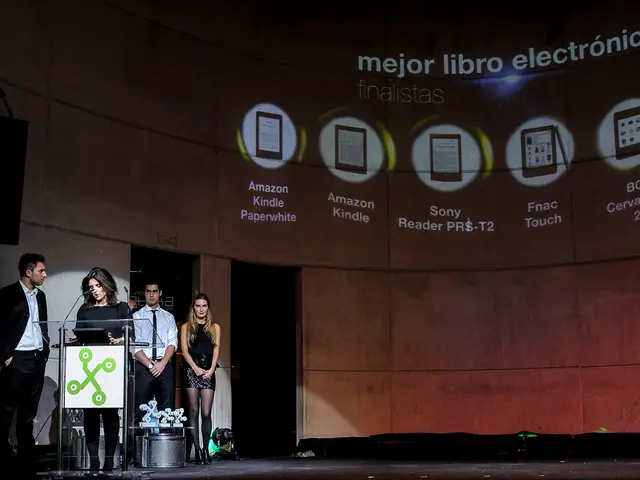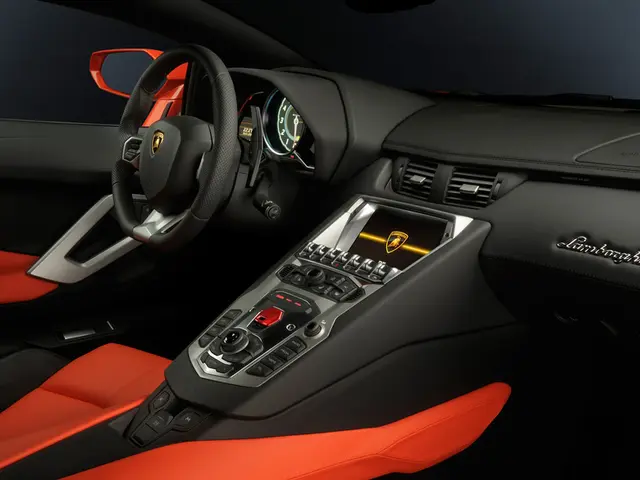Robots Consume Each Other in the Present: Manufactured Machines Engage in Cannibalistic Behavior
In a groundbreaking study published by scientists at Columbia University on July 16 in Science Advances, a new concept in robotics has been presented. This innovation, dubbed "robot metabolism," allows robots to self-repair, grow, and evolve by consuming parts from other robots or their environment [1][4].
This breakthrough marks a significant leap towards fully self-sustaining robot ecologies. The potential applications of this technology are vast, ranging from disaster recovery to space exploration, manufacturing, logistics, and defense applications [2][4].
In disaster-stricken areas, these robots could adapt, repair, and grow on-site without human intervention, enhancing resilience in harsh environments. Autonomous self-maintenance and adaptability in space reduce the need for costly human maintenance or resupply missions [2]. In manufacturing and logistics, robots could maintain themselves, lowering downtime and maintenance costs, and even evolve their capabilities based on task demands [2][4]. In defense applications, autonomous systems with robot metabolism offer prolonged operational capabilities and adaptability on complex battlefields without human upkeep [1].
The implications of this technology are profound. It represents an "entirely new dimension of autonomy" for artificial intelligence systems, as robots gain the ability to physically sustain and enhance themselves, not just make decisions or learn [3][4]. This closes the gap between robot intelligence (software) and robot physics, which traditionally required external help to fix or upgrade, thus potentially unlocking more complex, long-lived robotic ecologies that can evolve over time [1].
The technology raises philosophical and ethical questions around autonomy and control, given robots can now partially self-regulate their own physical forms by repurposing others, evoking imagery of self-reproducing or evolving machines [2][5]. It could shift how humans interact with robots—from caretakers to overseers—since the robots can maintain and improve themselves independently [2].
At the heart of this innovation is the Truss Link, a modular robotic element with magnetic connectors. These bar-shaped modules can expand, contract, attach to others, and be integrated or discarded as needed, mimicking biological lifeforms absorbing and integrating resources from their surroundings and each other [4][3].
In a lab demonstration, a tetrahedral robot incorporated an additional piece that served as a cane, significantly improving its locomotion on inclined surfaces. A robot also increased its downhill speed by 66.5% after incorporating a new module [1].
Researchers propose that carbon-based life may emerge as a property of complex technological systems, blurring the boundaries between the artificial and the natural [1]. The theory behind robotic metabolism suggests that artificial systems can acquire properties previously reserved for living beings, potentially leading to the emergence of a "robotic ecology."
In extreme contexts like natural disasters, space exploration, and contaminated zones, robots with self-repair and evolution capabilities could offer crucial autonomy [1]. This study pushes robotics towards a future where machines are not just intelligent but physically autonomous and self-evolving, with wide-ranging implications for environments where human maintenance is limited or impossible.
- This revolutionary technology, robotic metabolism, could lead to the development of physical autonomous and self-evolving artificial-intelligence systems, particularly beneficial in harsh environments like disaster-stricken areas.
- The implications of this technology extend beyond its application in disaster recovery; it might also stimulate the growth of artificial-intelligence systems that can sustain, enhance, and even self-replicate themselves, closing the gap between artificial and natural life.




